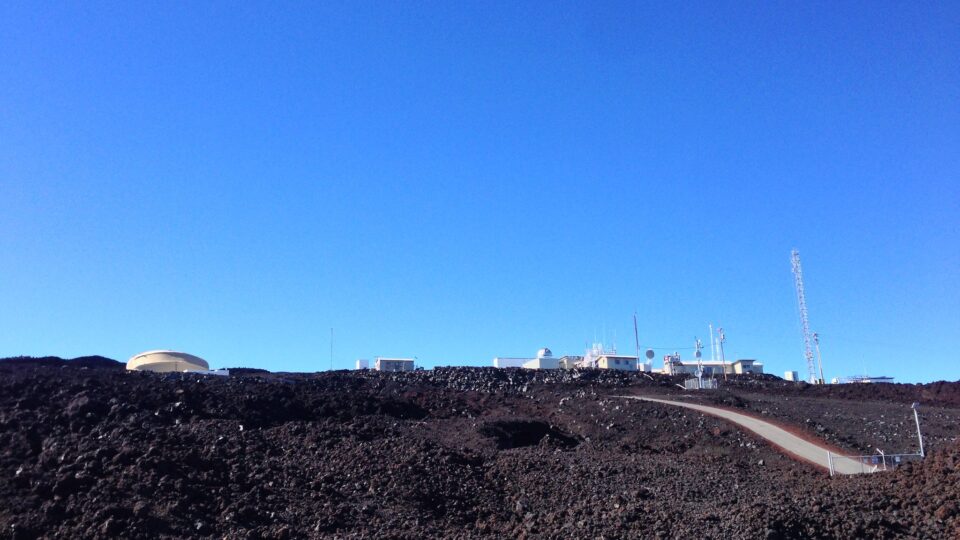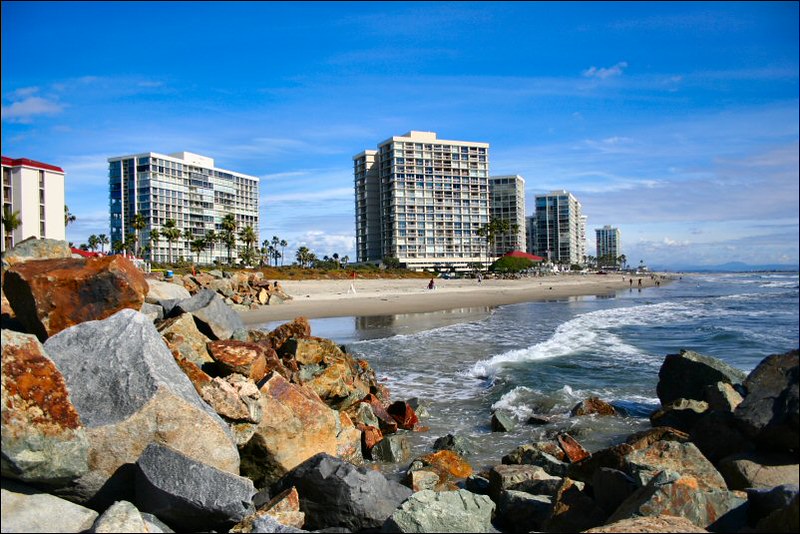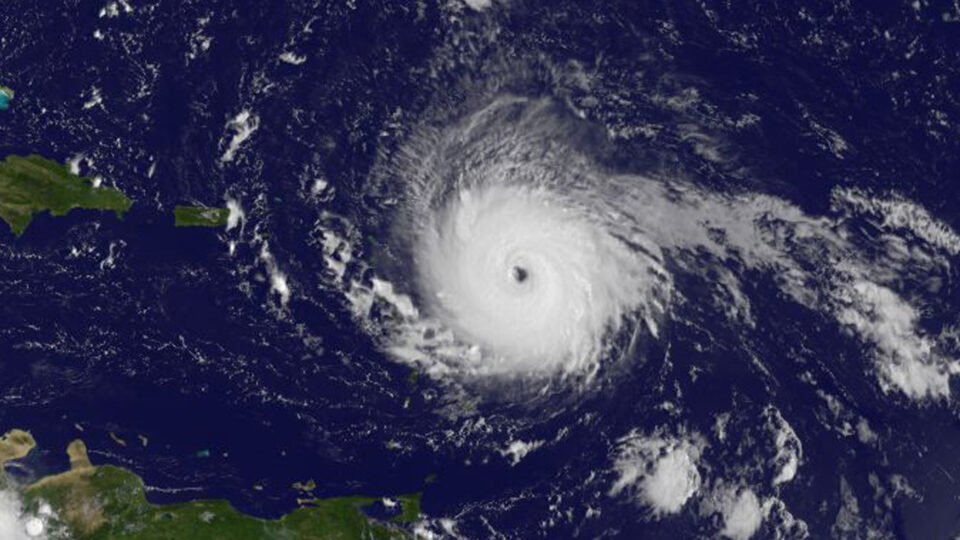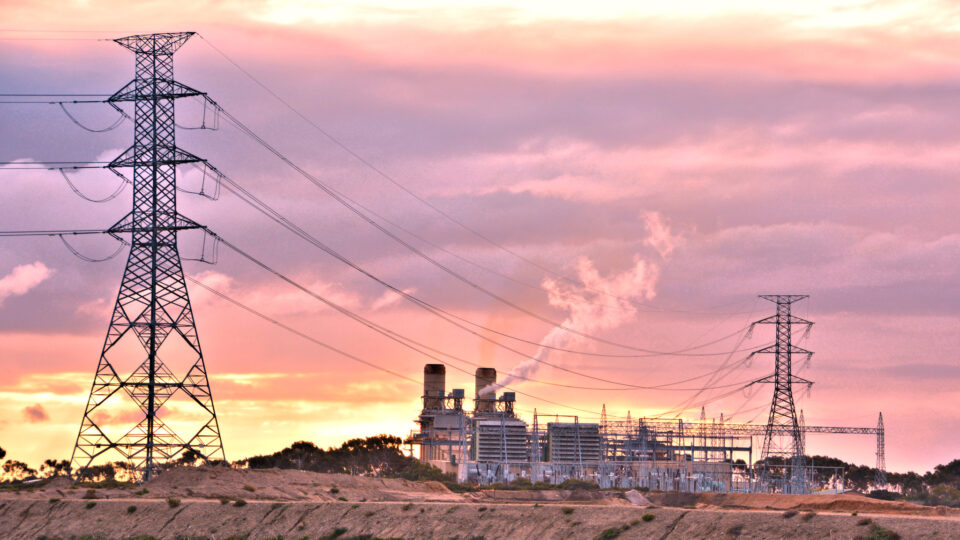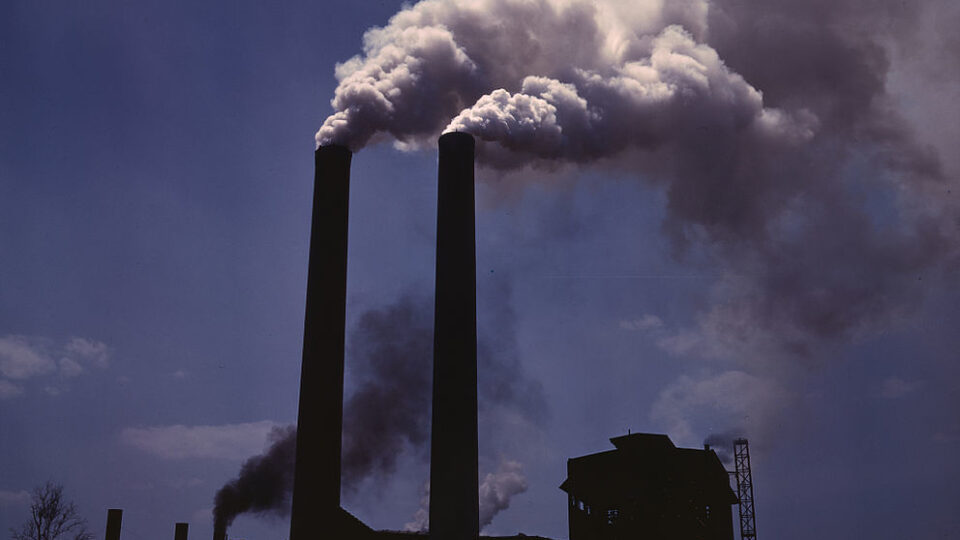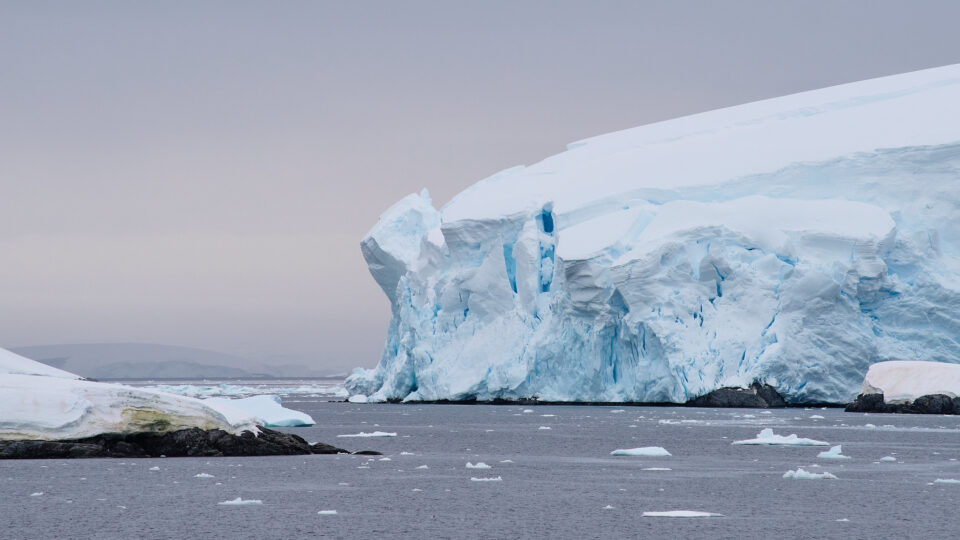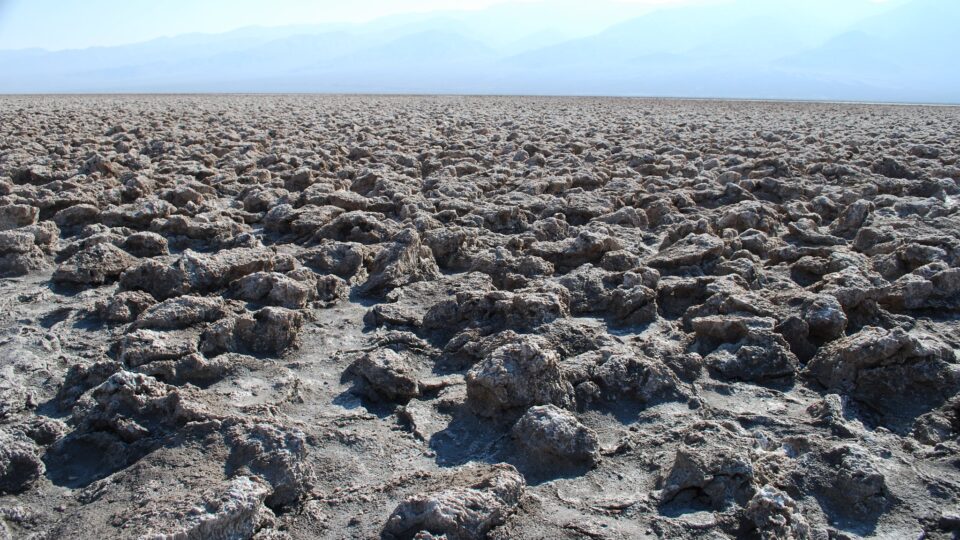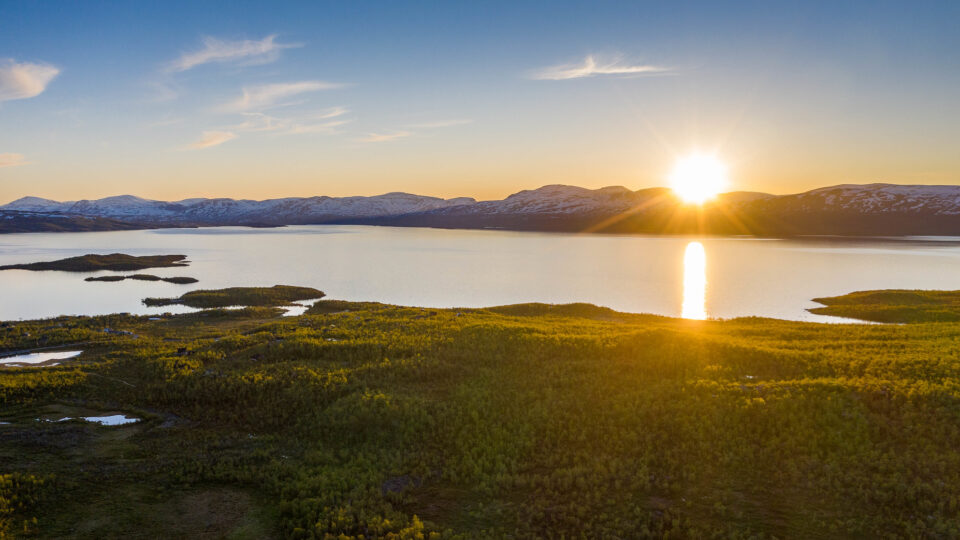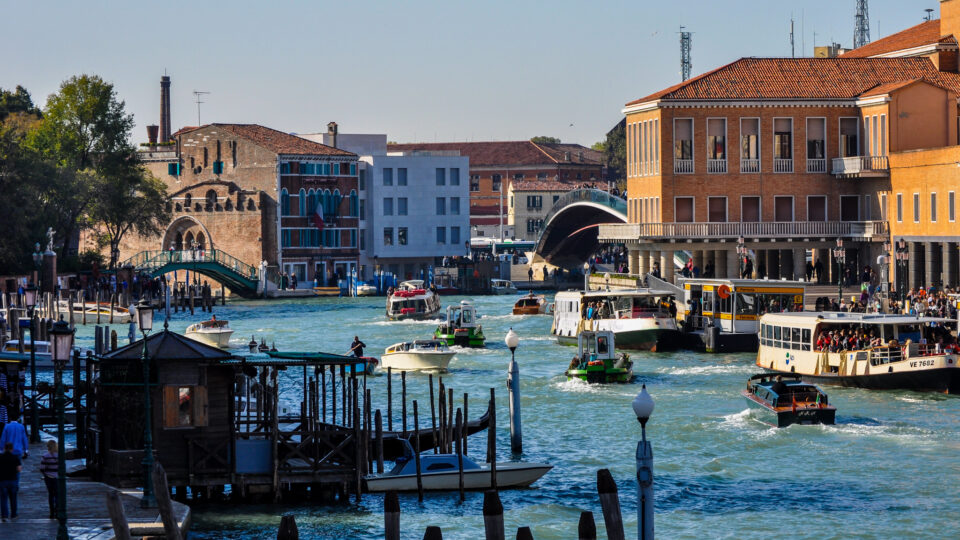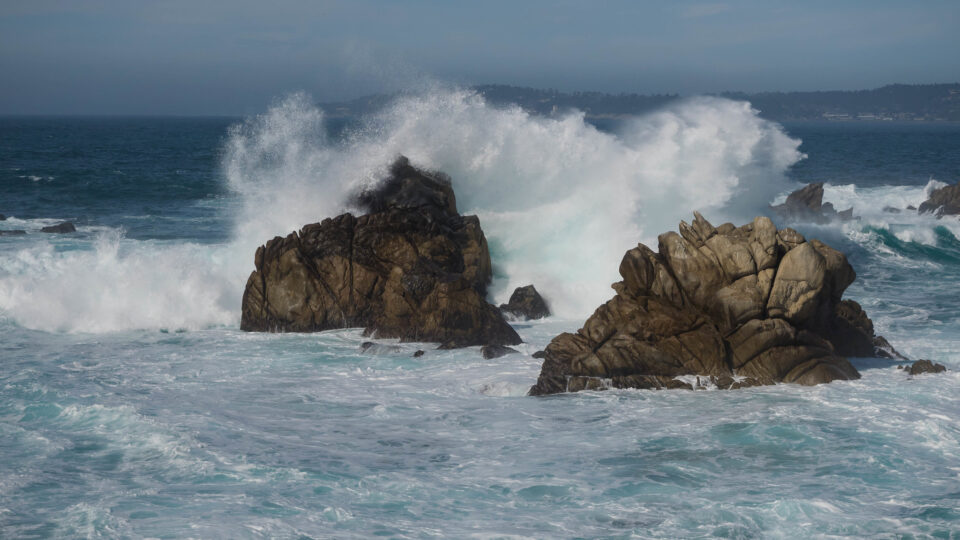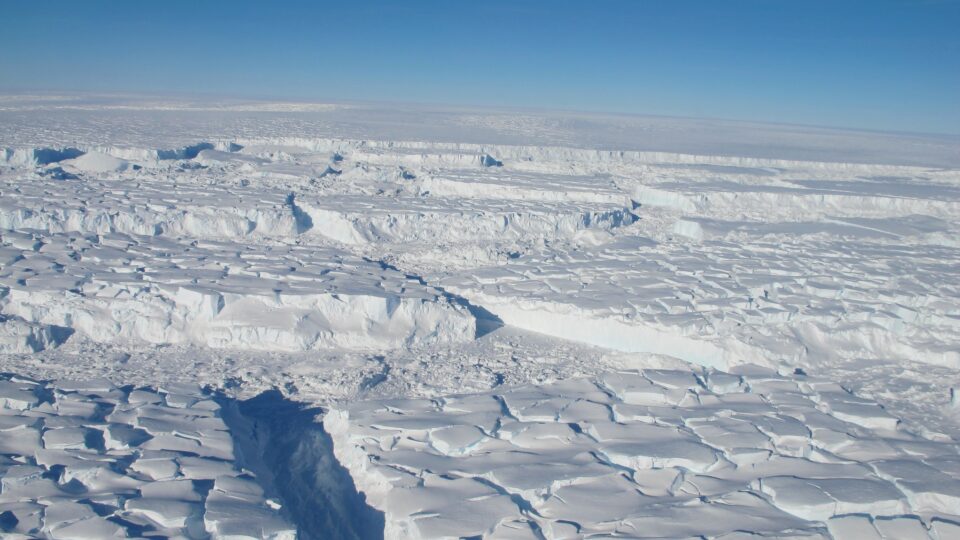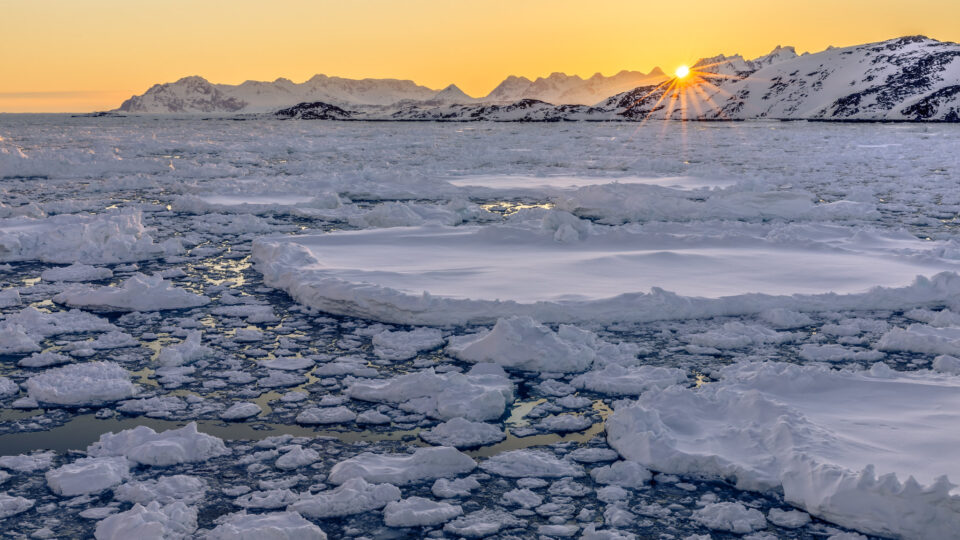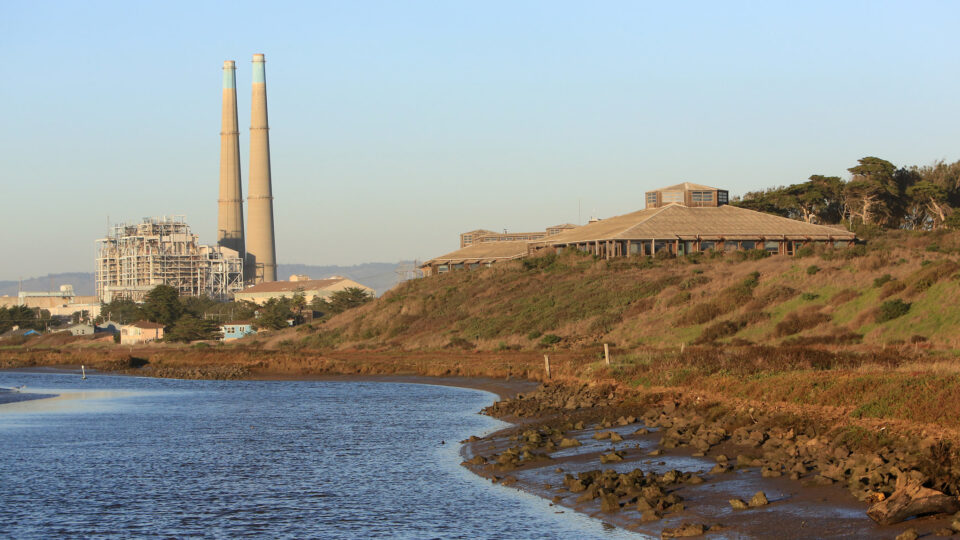Despite the increasing concern about the warming climate, the period between March of last year and March of this year has set a new record for the largest 12-month gain in atmospheric CO2 concentration ever observed. The new level, measured at Hawaii’s Mauna Loa Observatory was nearly 5 parts per million higher than last year’s level reaching more than 426 parts per million.
CO2 levels averaged 280 ppm for the past 800,000 years until the Industrial Revolution began and people started burning fossil fuels. Levels started being measured at Mauna Loa in 1958, when they were 315 ppm. Between 1958 and 2005, the CO2 level rose to 380 ppm. Over the past 19 years, the amount of CO2 has continued to rise rapidly and with it, global temperatures.
The record increase in carbon dioxide over this past year is probably associated with the end of an El Niño event. The previous record increase in 2015-2016 was also associated with El Niño.
But the overall trend is clear and discouraging. Over the past 66 years, the amount of carbon dioxide in the atmosphere has increased by 35%. This increase is a result of the burning of coal, oil, and natural gas, as well as the effects of deforestation and livestock agriculture.
Carbon dioxide absorbs heat radiating from the Earth’s surface and re-releases it in all directions, including back toward Earth’s surface. Without this greenhouse effect, the Earth would actually be frozen. But people are supercharging the natural greenhouse effect and causing the global temperature to rise. Global energy demand continues to grow and if we continue to meet that demand mostly with fossil fuels, temperatures will continue to rise.
**********
Web Links
Scripps Institution of Oceanography: CO2 levels have largest 12-month gain
Photo, posted March 3, 2014, courtesy of Jon Roig via Flickr.
Earth Wise is a production of WAMC Northeast Public Radio
